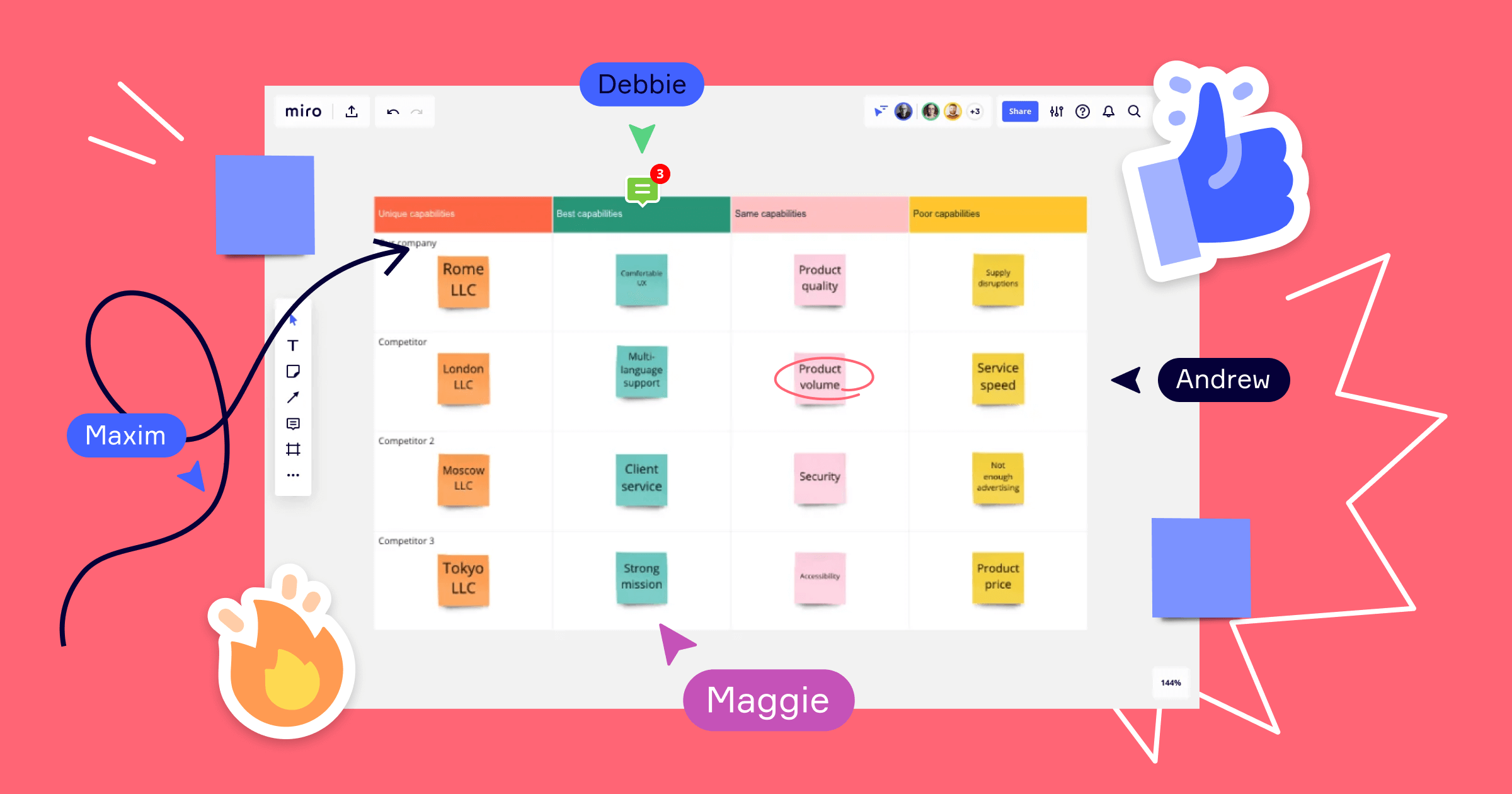In the fast-paced world of business, staying ahead of the competition is crucial for success. One powerful tool in a marketer’s arsenal is competitor advertising analysis. By understanding what strategies competitors are employing, businesses can adapt and refine their advertising approaches to gain a competitive edge.
Understanding the Importance of Competitor Advertising Analysis

Competitor advertising analysis systematically examines a competitor’s advertising strategies, messaging, channels, and tactics. It provides invaluable insights into market trends, consumer preferences, and competitor positioning.
Competitor Advertising Analysis Tools
1. Online Tools
In the digital age, numerous online tools are available for competitor advertising analysis. These include tools for tracking online ads, monitoring social media activity, and analyzing website traffic.
2. Offline Methods
Offline methods such as conducting surveys, attending industry events, and analyzing print advertisements can also yield valuable information about competitors’ advertising strategies.
Key Metrics to Consider in Competitor Ads Analysis
1. Digital Advertising Metrics
Digital advertising metrics such as click-through rates, conversion rates, and cost per acquisition are essential for evaluating the effectiveness of online advertising campaigns.
2. Traditional Advertising Metrics
For traditional advertising channels like television, radio, and print, metrics such as reach, frequency, and audience demographics are crucial for assessing performance.
Steps to Perform Competitor Ads Analytics
1. Identify Competitors
Start by identifying direct and indirect competitors in your industry. Direct competitors offer similar products or services to the same target market, while indirect competitors may serve different needs but compete for the same consumer dollars.
2. Collect Data
Gather data on your competitors’ advertising campaigns, including ad creatives, messaging, placement, and frequency. Online tools and market research reports can provide valuable insights into competitor activity.
3. Analyze Data
Once you’ve collected data, analyze it to identify trends, patterns, and opportunities. Look for areas where competitors are excelling and areas where they may be falling short.
Common Challenges
Competitor advertising analysis can be challenging due to the vast amount of data available and the dynamic nature of the advertising landscape. Additionally, competitors may employ deceptive tactics or obscure their advertising strategies to maintain a competitive advantage.
Benefits of Conducting Competitor Ads Analysis
Despite the challenges, the benefits of competitor ads analysis are substantial. It enables businesses to stay informed about market trends, identify new opportunities, benchmark their performance against competitors, and make data-driven decisions.
Case Studies and Examples of Successful Competitor Ads Analysis
Several companies have leveraged competitor ads analysis to great effect. For example, a leading beverage brand conducted a thorough analysis of its competitors’ social media campaigns and identified key trends that informed its social media strategy, resulting in increased engagement and brand awareness.
Future Trends
As technology continues to evolve, the landscape of competitor ads analysis is likely to change as well. Machine learning algorithms, artificial intelligence, and predictive analytics will play an increasingly important role in analyzing vast amounts of data and extracting actionable insights.
Conclusion
Competitor advertising analysis is an indispensable tool for businesses seeking to gain a competitive advantage in today’s crowded marketplace. By understanding competitor strategies, leveraging data-driven insights, and staying abreast of industry trends, businesses can position themselves for success in the ever-evolving advertising landscape.
Are you ready to take your advertising analysis to the next level? Request a demo from AIM Technologies today and discover how our advanced analytics tools can help you stay ahead of the competition.
FAQs
Why is competitor advertising analysis important?
- Competitor ads analysis provides insights into market trends, consumer preferences, and competitor strategies, helping businesses refine their advertising approaches.
What are some common challenges in competitor ads analysis?
- Common challenges include data overload, dynamic market conditions, and competitors’ efforts to obfuscate their strategies.
How can businesses overcome challenges in competitor ads analysis?
- Businesses can overcome challenges by leveraging advanced analytics tools, staying updated on industry trends, and focusing on actionable insights.
What are the key metrics to consider in competitor advertising analysis?
- Key metrics include digital metrics like click-through rates and traditional advertising metrics like reach and frequency.
How can competitor advertising analysis benefit small businesses?
- Competitor advertising analysis can help small businesses identify growth opportunities, refine their messaging, and compete more effectively in their target markets.




